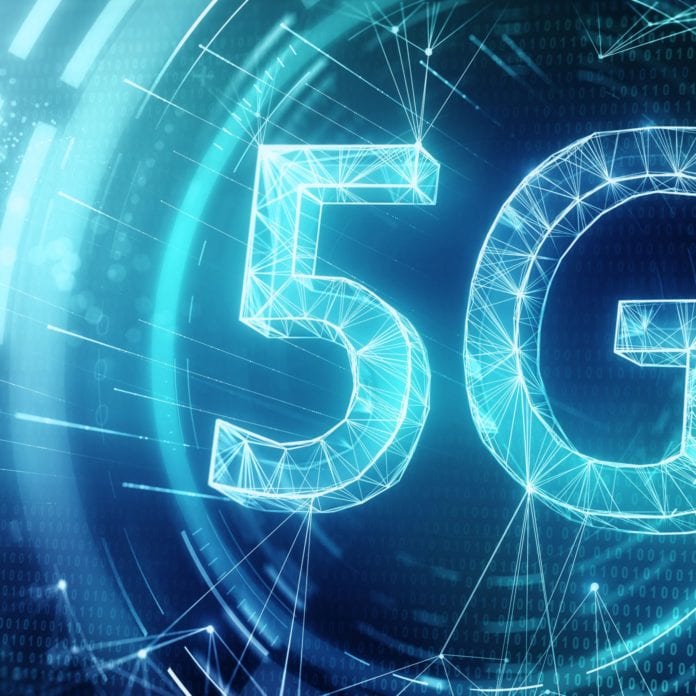Society has become vastly more dependent on internet connectivity over the past few months in the wake of a global pandemic with serious public health consequences. Advised to shelter in place at home and practice social distancing as much as possible, we spend our days connected online for work, school, shopping, social activities, and increasingly, for our healthcare needs.
This turn of events has reshaped and, in some cases, even accelerated market opportunities for next-generation 5G connectivity, as described in a recent report from PwC and the World Economic Forum.
While some global 5G rollouts have slowed due to disrupted supply chains and reduced economic outputs, the overall market outlook for 5G remains strong. In fact, the greatest opportunities for 5G rollout have simply shifted along with rising connectivity trends and use cases which have been accelerated by the pandemic.
Connectivity trends and new use cases
Global evidence illustrates that the COVID-19 pandemic has affected connectivity trends in several key areas:
- Massive shift to remote work
In the US, 57% of workers are working from home, with some companies anticipating work-at-home arrangements lasting beyond COVID-19 recovery via videoconferencing, AR and VR training.
- Migration from classroom to remote learning
Globally, schools are allocating 15.9% of their budgets to education technology in 2020, compared with 3.9% in 2018. These include investments in virtual classrooms, AR and VR educational content.
- Increase in global public-health crisis response
Telemedicine urgent-care visits are up an eye-popping 490% this year. Technology for contact tracing is also helping contain COVID-19. And in the UK, Samsung and O2 are testing 5G connected “smart ambulances” for the UK NHS, which may lead to other forms of connected transportation and drones for hospitals.
These advanced use cases at work, school and in the public health arena are also driving demand for enhanced network capacity, bandwidth and latency — as distributed groups of workers, students and patients communicate and interact from home and across scattered geographic locations.
This acceleration of connectivity is forcing network operators and telecommunications companies to reevaluate their 5G deployment plans and adjust their service offerings in the following ways:
1. Expand focus on fixed wireless access
As vast segments of the population increasingly work, study and seek medical care from the confines of their homes, they have become ever-more dependent on high-speed broadband service for high-quality video streaming for conferences, classes, meetings, telehealth appointments and more. 5G rollouts have the potential to expand high-speed broadband internet access via fixed wireless access (FWA).
In locations where high-speed broadband internet access is currently not available, 5G for FWA can help bridge the gap, especially in rural areas with low-fiber penetration and pricey fixed-line installation costs. As more companies allow employees to work from anywhere they choose in the wake of the pandemic, high-speed broadband internet access becomes even more essential, especially when several members of a family are participating in concurrent live-video meetings within the same home.
Other use cases include augmented reality (AR) and virtual reality (VR) for work, school, live gaming and virtual travel/leisure experiences — for instance, online safaris or virtual museum tours. Meanwhile, in the near term, 5G for FWA can enable safe working conditions in warehouses and manufacturing facilities as automation enables improved compliance with physical-distancing mandates.
2. Target the enterprise market with 5G-enabled functionalities
Business use cases for 5G are far more practical today than consumer opportunities. Enterprises, aiming to reduce the number of employees grouped together in factories and warehouses in a pandemic-altered world, are ready to automate where possible.
In fact, enterprise customers in some industries, such as manufacturing and healthcare, are increasingly interested in installing private 5G networks in company-owned buildings or on campuses to enable emerging use cases.
In manufacturing, mobile technology via enhanced 5G connectivity can enable remote machine operation and remote training through the Manufacturing Internet of Things (MIoT), virtual reality, augmented reality and artificial intelligence (AI).
5G also enables massive machine-type communications (MMTC) that support data-intensive connections. Equipped with robust security properties, this technology can support sensors and robotics, as well as factory automation to minimize human density and physical presence in facilities.
In healthcare, physical-distancing guidelines and pandemic-related spikes in patient volumes at hospitals are driving the need for advanced connectivity. 5G-enabled ultra-reliable low latency communication (uRLLC) enhances time-sensitive connectivity for telemedicine and remote patient monitoring — allowing access to medical care without potential virus exposure while reducing demand for hospital beds.
In addition, the enhanced security from 5G network slicing can enable the rapid scaling of temporary physical, mental and geriatric healthcare facilities. The technology can also support use cases for autonomous medical-cleaning robots, thus reducing the risk of worker exposure.
3. Collaborate across industries and with governments
Local and national governments play a significant role in enabling 5G deployments. Governments can eliminate or reduce the regulatory steps required to build out 5G — such as fees, zoning, permits, reviews and more — which can often result in expensive delays.
In the US, the federal government has also committed $20 billion to expand broadband availability and speed nationwide, including to previously neglected rural areas. Government and industry can also collaborate to accelerate rollouts.
What does the future hold?
COVID-19 has disrupted the way we work, learn and seek medical help. Many of the changes we’re seeing now will likely remain in existence even after shelter-in-place mandates ease. Mobile technology use cases, powered by high-speed broadband, are helping address the challenges of the pandemic.
Access to high-speed broadband is becoming increasingly important in both cities and rural areas. 5G can help bring broadband to underserved areas and enable safe working conditions in warehouses, manufacturing facilities and hospitals. Looking ahead, 5G will power use cases as yet unimagined.

